Manner of Nicolas Pineau.
Ormolu.
France.
ca. 1745.
h. 47 cm ; w. 32 cm.
A series of four exceptional ormolu Louis XV wall lights.
In 1739, François Boucher signed a famous painting called Le Déjeuner (French for Luncheon, although it may be called Le « Petit » Déjeuner, since it is actually a brunch). This painting is famous for many reasons. One of the reasons is the furniture visible in the painting. It is almost entirely pure rocaille : full of curves, of conch shells, of quasi arabesques. Many scholars devoted to furniture history, such as Pierre Verlet or Mario Praz, like to refer to this painting to show their readers what a French interior of taste would have looked like in the 1730s.
The mirror is flanked with two wall lights, or bras de lumière (literally arms of light). They are on either side of the mirror because, in the evening, when the candles are lit, their flames would reflect in the glass and the room would be bright with twice as many candles.
Not many pairs of rocaille wall lights, not even those in the public collections, go back as far as the 1730s. They almost epitomize the Louis XV style as a whole.
Our set of wall lights date back, in all likelihood, to the early 1750s, or even the early 1740s. In the authoritative book on French gilt bronze furniture by the two specialist Hans Ottomeyer and Peter Pröschel, a pair of rocaille wall lights, said after Nicolas Pineau, is estimated to have been made around 1745. What helped them reach this conclusion is their “characteristic” design “à ove percé à jour”. Our own set features the same design, with oves (an egg-shaped pattern) pierced through the gilt bronze.
Each of our wall lights bears the number “9728”. The catalog of dedicated to French decorative art at the Rijksmuseum in Amsterdam, Paris 1650-1900. Decorative Arts in the Rijksmuseum examines on the numbers on the back of the wall sconces : “The number ‘14’ was almost certainly stamped on the wall-lights during the 19th century. It is of a type found on many gilt bronze works of art from French royal palaces, but its significance here is unknown.”
It is uncertain whether it means those wall lights, those of the Rijksmuseum as well as ours, have been stamped when they entered a French royal palace at any time in the 19th century. But it may indicate a common ancestry. This ancestry is otherwise proven by the pink spots of mercury visible on some of the curves : the burnt wax had to be cleaned from time to time, and as the centuries went, the ormolu revealed some hints of its gilding au mercure, even though those spots are almost invisible without a magnifying glass.
Speaking of the Rijkmuseum’s wall lights, it is interesting to note the similarities between our four sconces and the other famous pairs of wall lights exhibited in the most important European and American collections. Even more so than those exhibited in the Rijksmuseum, the Louvre, the Wallace Collection and the Getty Museum, a pair of sconces now in the Palazzo del Quirinale in Rome shows a striking resemblance with our own.
Many pairs of sconces of this kind have been sold, for remarkable prices, at the greatest auction houses in the world. One pair sold at Christie’s in December 1993 for 1 332 000 francs, another one at the same auction house for $255 500 in May 1998. More recently, two have been sold at the same house for 55 000£ in July 2014 and $90 000 in November 2018. They tend to be attributed to Jacques Caffiéri, perhaps the greatest bronzier of the period. This attribution is made despite the absence of any stamp by Caffiéri, and mostly based on an appreciation of their style and gilding. Our own wall lights are as likely to be made by Caffiéri as those mentioned above. They display features in their gilding and design that would certainly deserve such a prestigious attribution. However, we would not feel comfortable attributing them to Caffiéri in absence of a maker’s mark, and we would rather indicating they are likely to have been designed by Nicolas Pineau.
Sources
Pierre Verlet, Le Style Louis XV, Paris, 1942.
Hans Ottomeyer, Peter Pröschel et al., Vergoldete Bronzen. Die Bronzearbeiten des Spätbarock und Klassizismus, Munich, 1986.
Pierre Verlet, Les Bronzes dorés français du XVIIIᵉ siècle, Cahors, 1987.
Mario Praz, La Filosofia dell’arredamento, trad. Weaver, Milano, 1994.
Alvar Gonzaleès-Palacios, Il Patrimonio del Quirinale. Gli Arredi Francesi, Milano, 1995.
Reinier Baarsen, Paris 1650-1900. Decorative Arts in the Rijksmuseum, London, 2013.


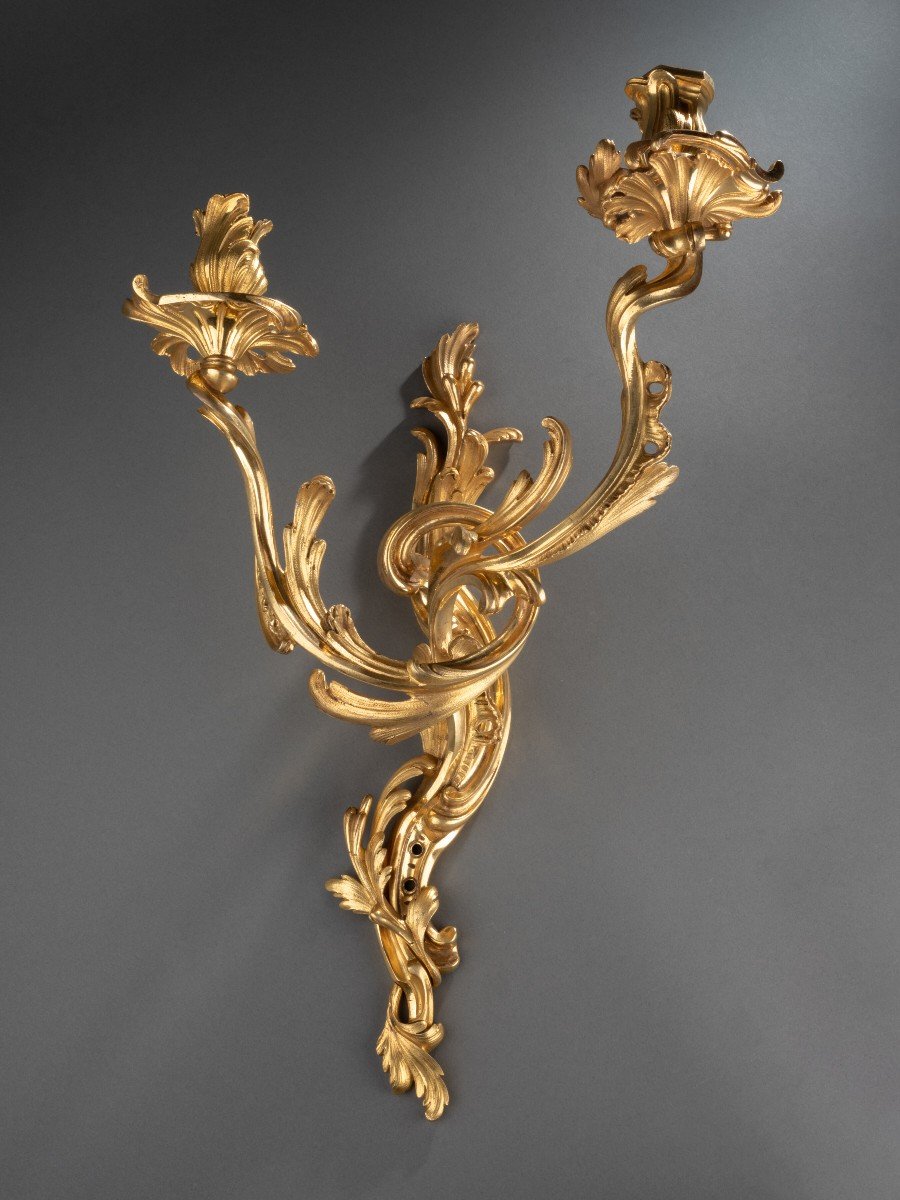


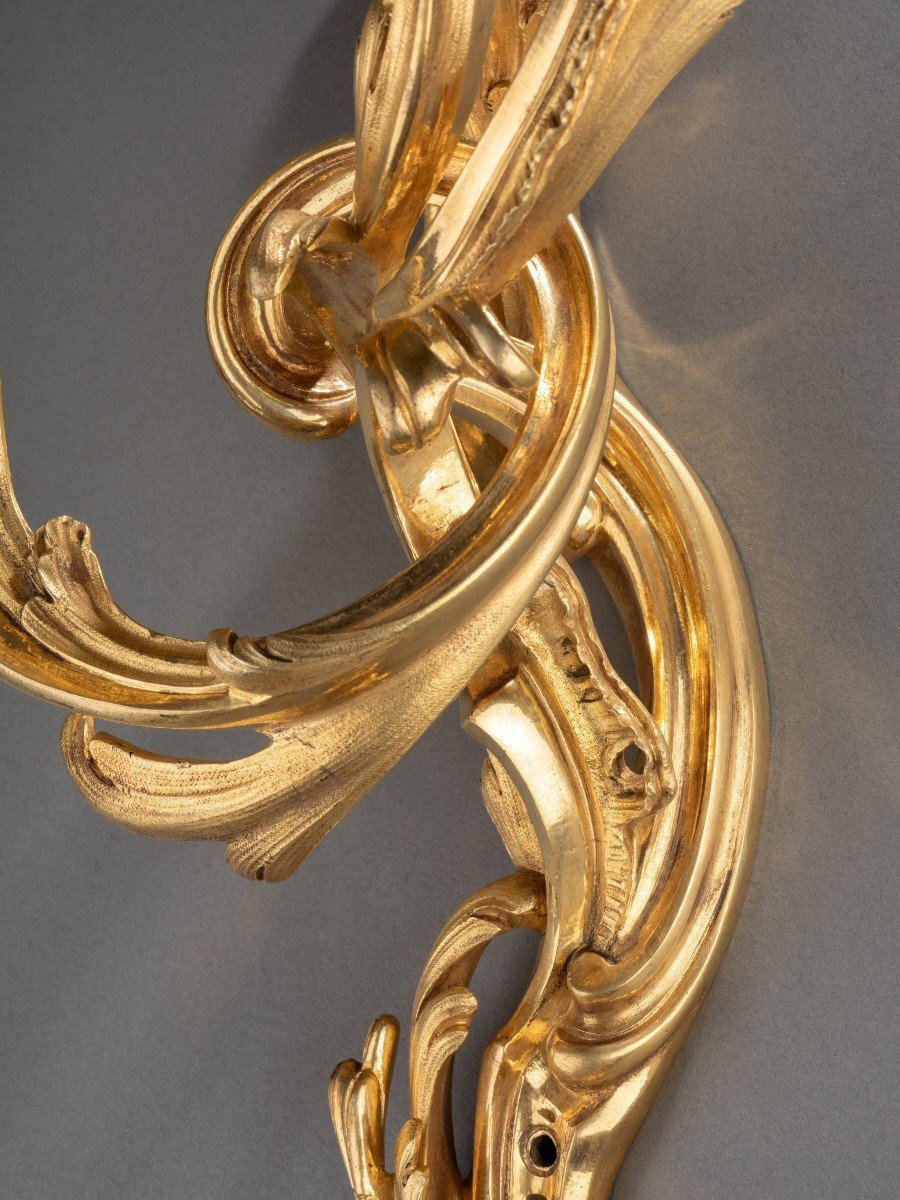
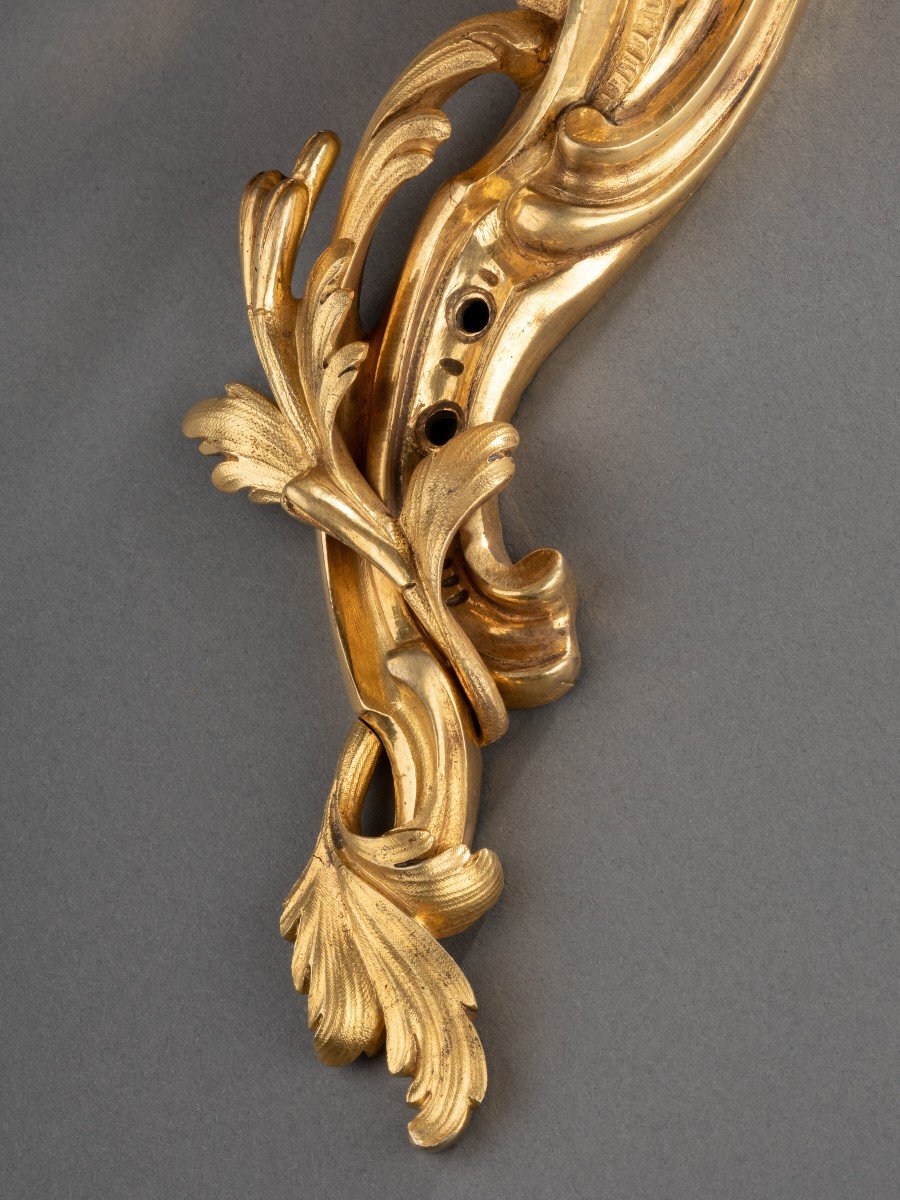
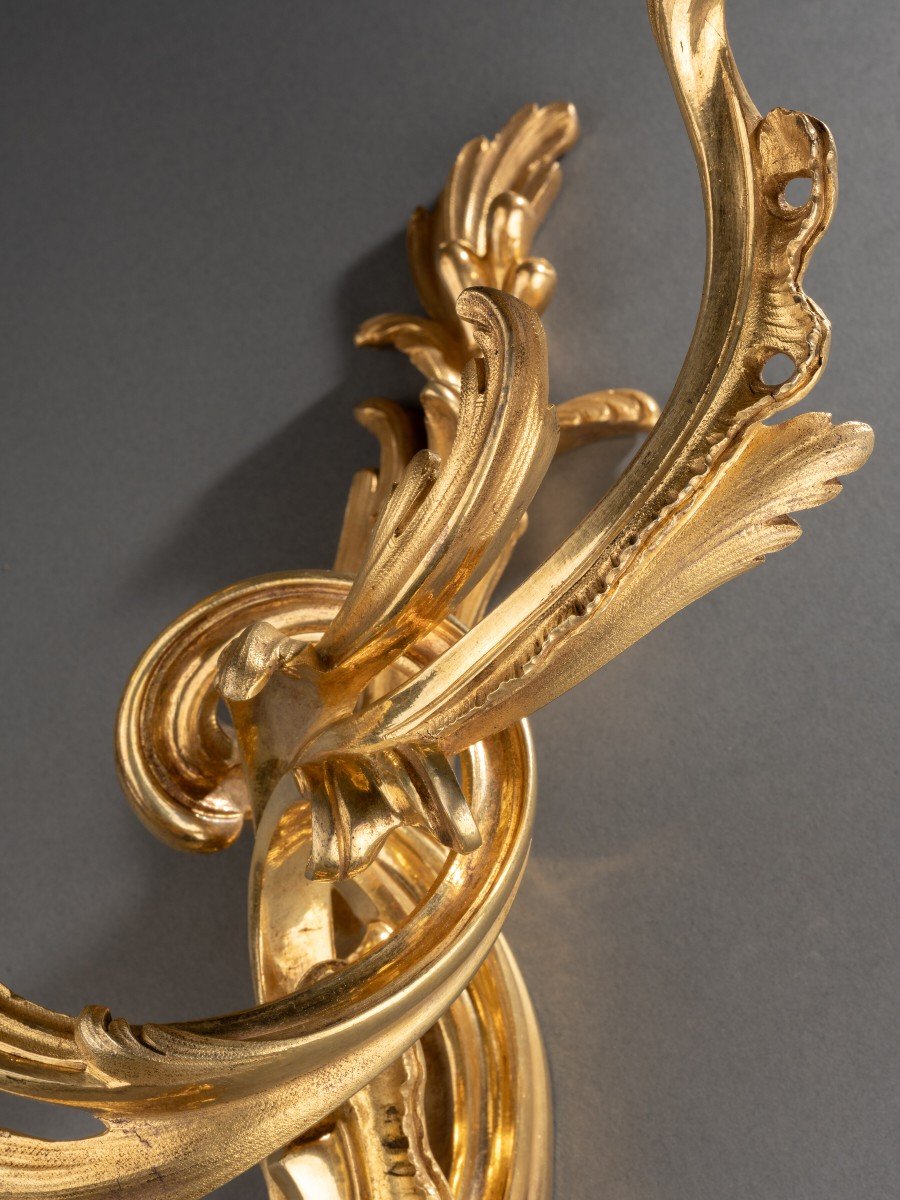
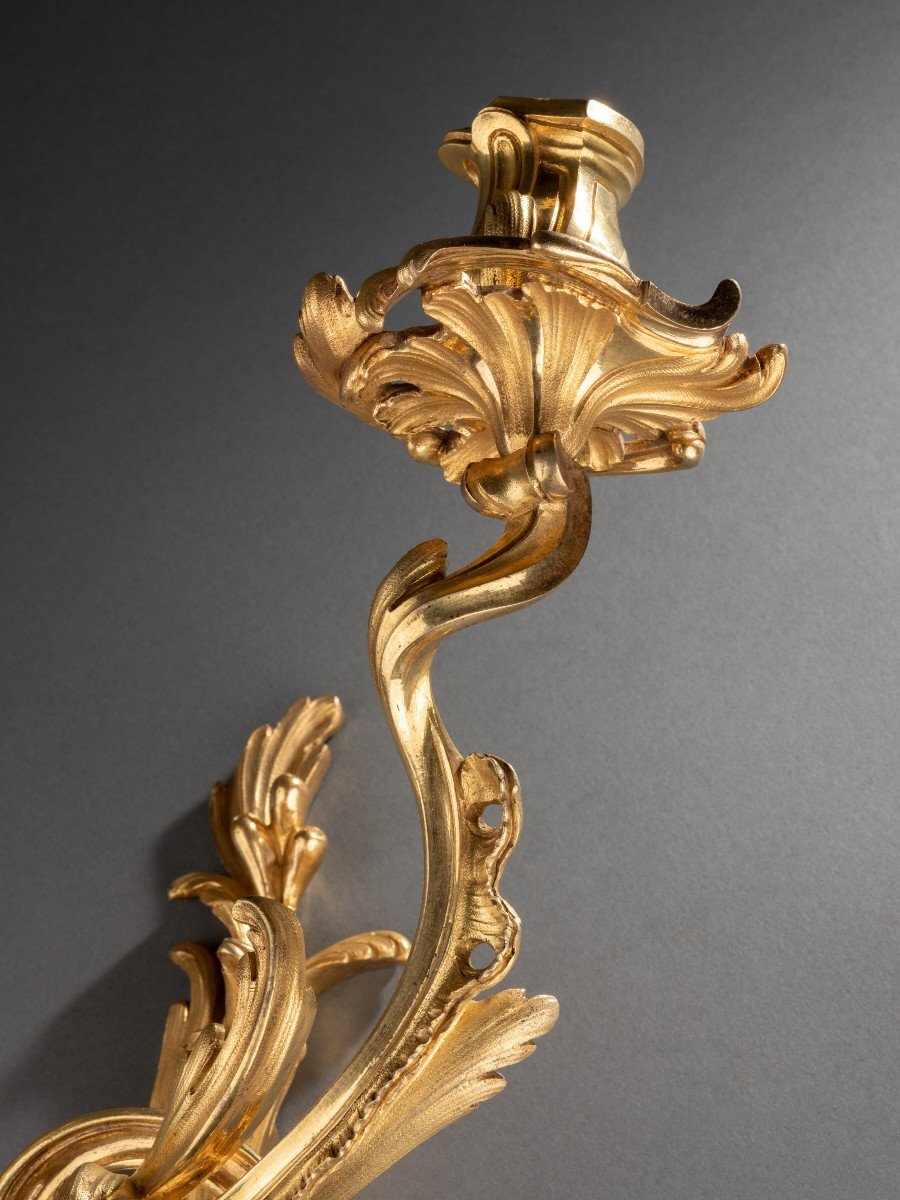

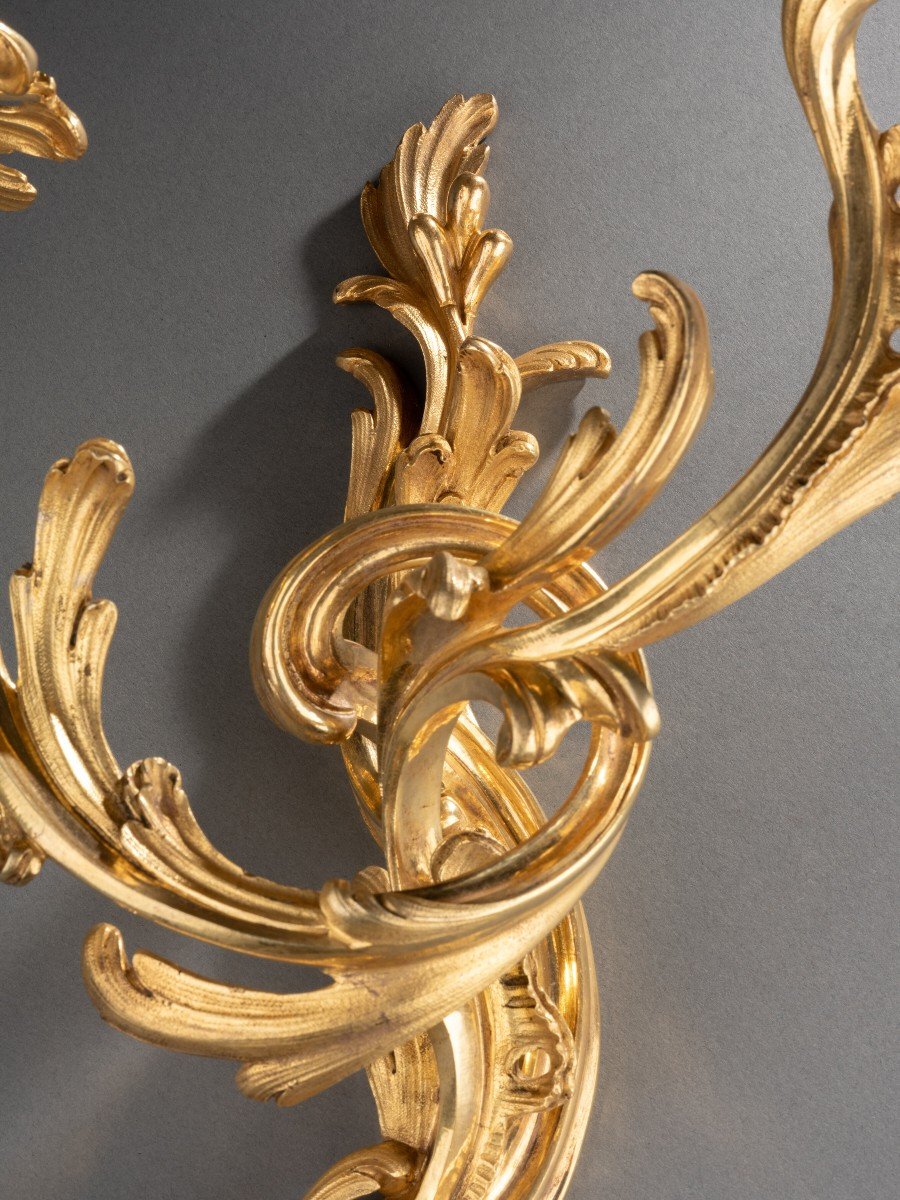
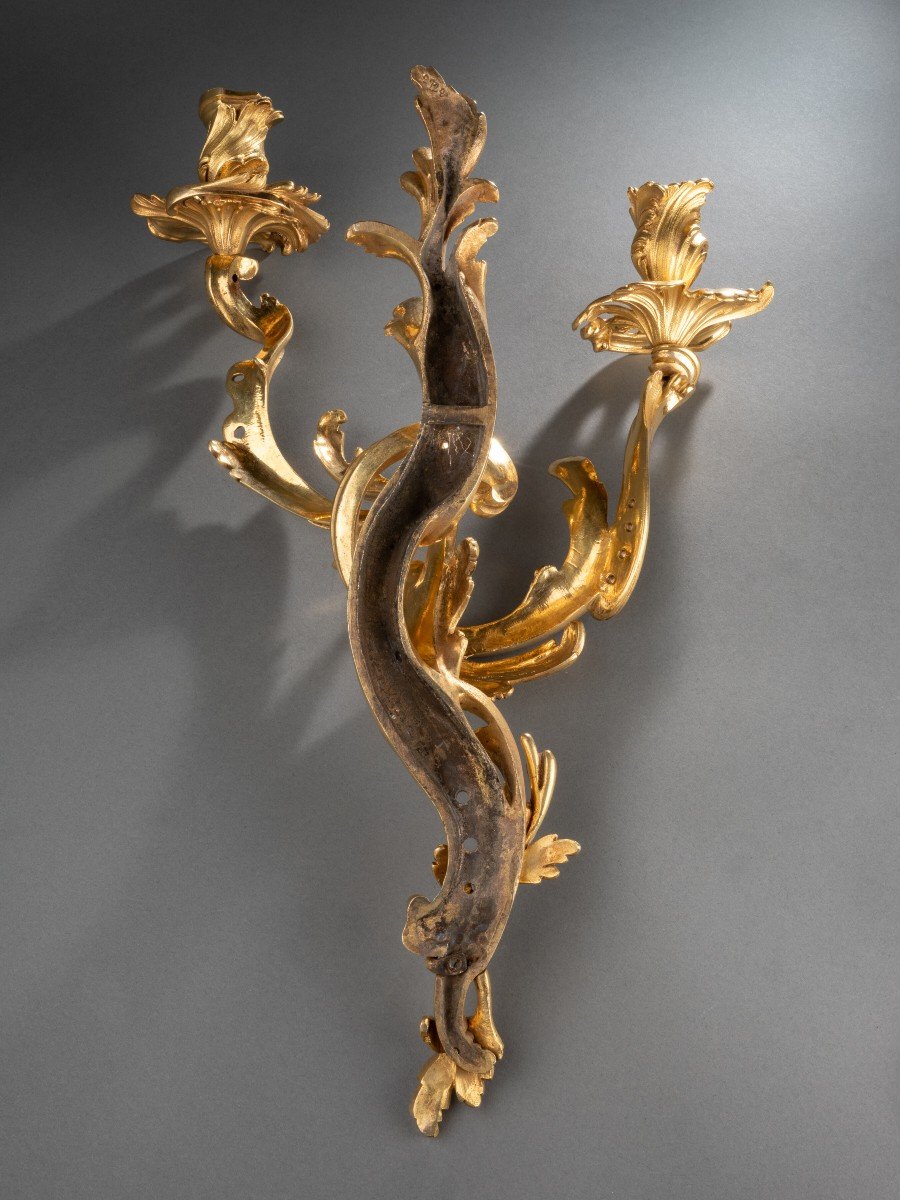












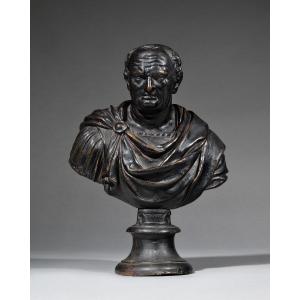
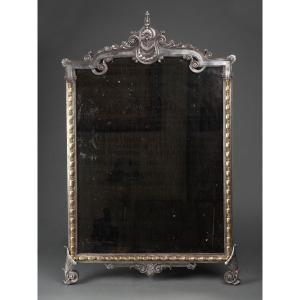
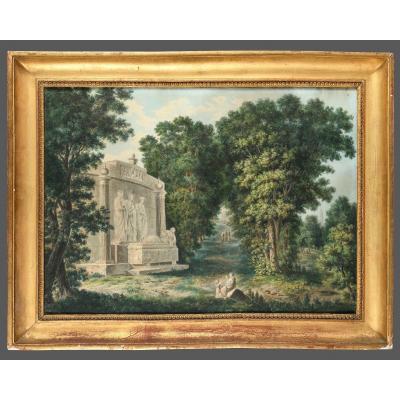
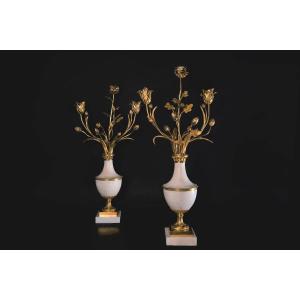
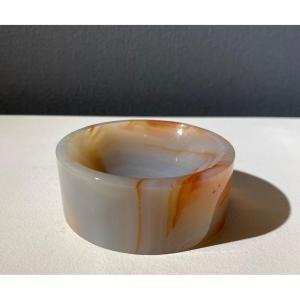
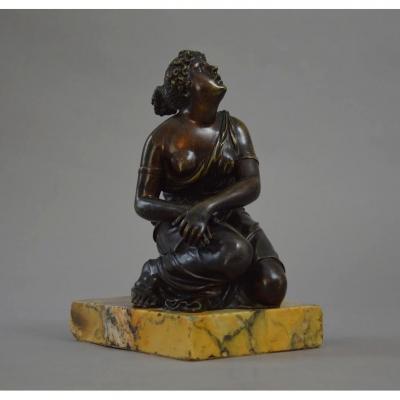
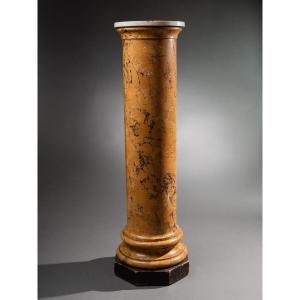

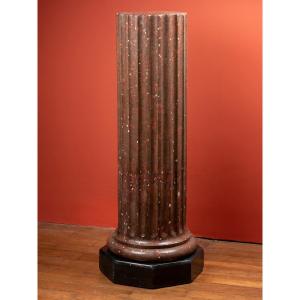


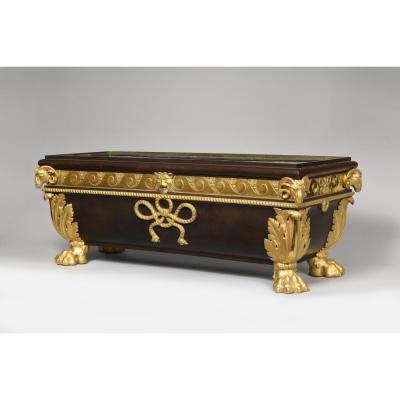
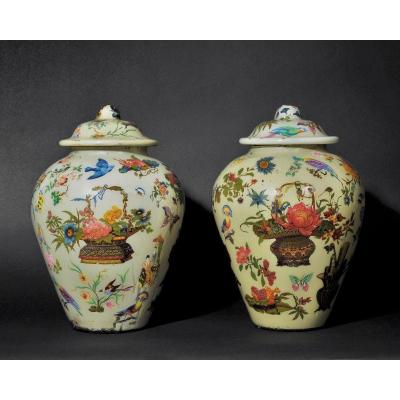
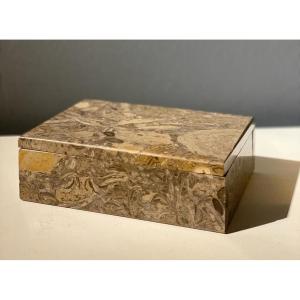

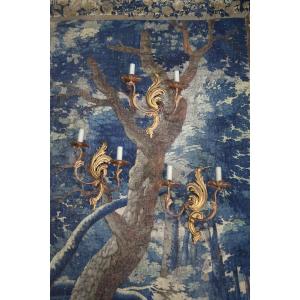
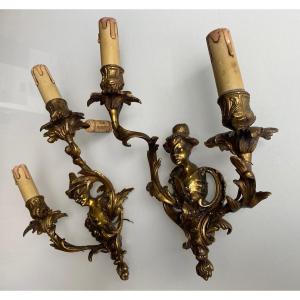





 Le Magazine de PROANTIC
Le Magazine de PROANTIC TRÉSORS Magazine
TRÉSORS Magazine Rivista Artiquariato
Rivista Artiquariato